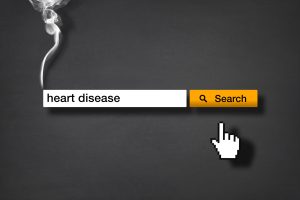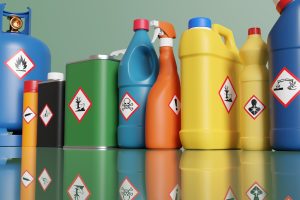 Gluten intolerance or non-celiac gluten sensitivity is a disorder characterized by the body reacting negatively to gluten, a protein found in grains such as wheat, rye, and barley.
Gluten intolerance or non-celiac gluten sensitivity is a disorder characterized by the body reacting negatively to gluten, a protein found in grains such as wheat, rye, and barley.
The symptoms of gluten intolerance are often similar to those of celiac disease; however, unlike celiac disease, the body’s response to gluten does not result in permanent damage to the small intestine. Here are some of the most common symptoms of gluten intolerance:
- Diarrhea
- Constipation
- Bloating or gas
- Fatigue
- Brain fog
- Depression and anxiety
- Stomach pain
- Nausea and vomiting
- Itchy skin
- Joint pain
- Anemia
The causes of gluten intolerance are unknown and there is no known cure. However, some people may find relief from symptoms by following a gluten-free diet.
Your healthcare provider can diagnose non-celiac gluten sensitivity by conducting tests to rule out celiac disease or wheat allergy, evaluating your medical history, or guiding you through an elimination diet. Treatment for gluten intolerance typically consists of following a gluten-free diet.
Going gluten-free can be challenging, but it doesn’t mean cutting out some of your favorite foods; many gluten-free alternatives are available. A registered dietitian can help you choose the right foods for your new lifestyle.
To schedule an appointment with a gastroenterologist or dietitian at Flushing Hospital Medical Center, please call 718-670-5486.
All content of this newsletter is intended for general information purposes only and is not intended or implied to be a substitute for professional medical advice, diagnosis or treatment. Please consult a medical professional before adopting any of the suggestions on this page. You must never disregard professional medical advice or delay seeking medical treatment based upon any content of this newsletter. PROMPTLY CONSULT YOUR PHYSICIAN OR CALL 911 IF YOU BELIEVE YOU HAVE A MEDICAL EMERGENCY.










